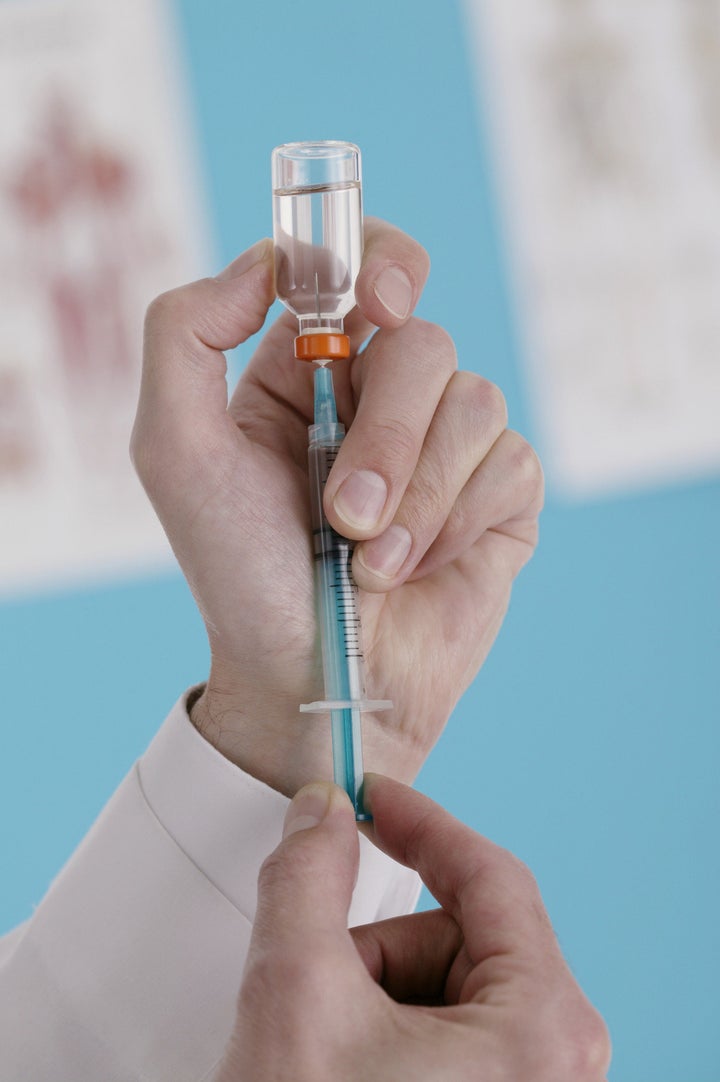
Recent news about HIV/AIDS has focused on the good -- promising trial results that prove the antiretroviral (ARV) drugs used to treat HIV can also prevent HIV infections -- and the bad -- retreats in donor commitment that imperil the substantial gains that have been made in treating global AIDS, at the precise moment that treatment has been recognized as a powerful prevention strategy. In discussions about whether AIDS treatment can be used to end the AIDS epidemic, scant attention is paid to the search for an AIDS vaccine.
When AIDS vaccines do get mentioned, it is often in the context of questions about whether a vaccine is still needed, or whether the search for an AIDS vaccine is affordable in today's economic climate.
Researchers and advocates who gathered Sept. 12-15 in Bangkok, Thailand, for the AIDS Vaccine 2011 conference have clear answers: Yes, we still need a vaccine, and yes, we need to continue to invest in AIDS vaccine research.
Thailand was home to the world's largest AIDS vaccine trial, which two years ago provided proof that an AIDS vaccine is possible. The positive results of the RV144 Thai AIDS vaccine trial were not enough to move to license and produce a vaccine, but the trial did prove that it is possible to prevent infection with a vaccine strategy. In the months that followed, the AIDS vaccine field crossed national and institutional borders to execute a comprehensive search for clues about how the vaccine provided this protection. Working with incredibly limited material -- a mere three millileters of blood per vaccine trial participant -- the international team was able to draw intriguing conclusions about how the vaccine might have worked.
We don't yet have a blueprint for an effective vaccine to roll-out. But, as presented this week in Bangkok, the complex success of the RV144 analysis, combined with a flurry of advances in understanding the development of broadly-neutralizing antibodies against HIV, show that the science of an AIDS vaccine is vibrant and vital.
Now is exactly the time to maintain commitment. Now is exactly the time to hold a steady course in funding for basic science, clinical trials and product development. It's good business sense: Our investments are paying off -- and the dividend, in the form of an effective vaccine, would have value beyond our wildest dreams.
But a vaccine alone is not the answer. The best scenario for ending the AIDS epidemic is combination prevention -- scaling up proven interventions now, including new options, such as pre-exposure prophylaxis (PrEP), treatment as prevention and male circumcision, while continuing investment to develop and deliver microbicides and vaccines as well.
And while funding for additional research for AIDS vaccines and other new options should never come at the price of funding for treatment access, neither can we stop funding research to find new options. The solution to the global HIV epidemic is increasingly clear: Donors, including governments in both developing and developed nations, must invest in a comprehensive, strategic plan, including:
- Near-term strategies, including treatment and care for all who need it and improved access to existing prevention options, like medical male circumcision, male and female condoms, clean needles and prevention of vertical transmission;
There are many low points in the 30 years that we have been living with HIV, and far too few reasons to celebrate. But the last two years have given us many reasons to celebrate, as trial after trial has shown positive results that point us toward ending this epidemic. This run of good science and good luck began here in Thailand when the results of the RV144 vaccine trial were announced, and this week we're seeing more evidence that will help make an AIDS vaccine a reality.
We still have a long way to go, but with the right resources, the right leadership and with support from communities and the participation of trial volunteers, we can have an AIDS vaccine in our lifetime. And we can end this epidemic.
So don't ask whatever happened to the AIDS vaccine, ask what you can do to help make it a reality.
An AIDS vaccine is one important part of a strategy to end the AIDS epidemic. Read more about how we can end the epidemic and add your support at www.endtheepidemic.org.